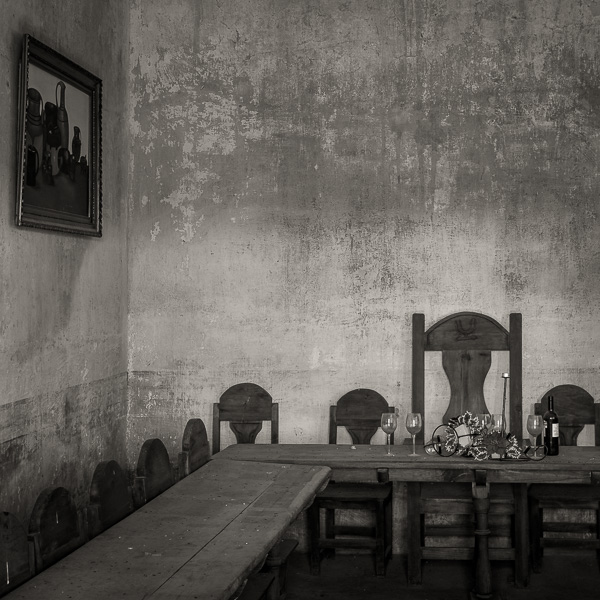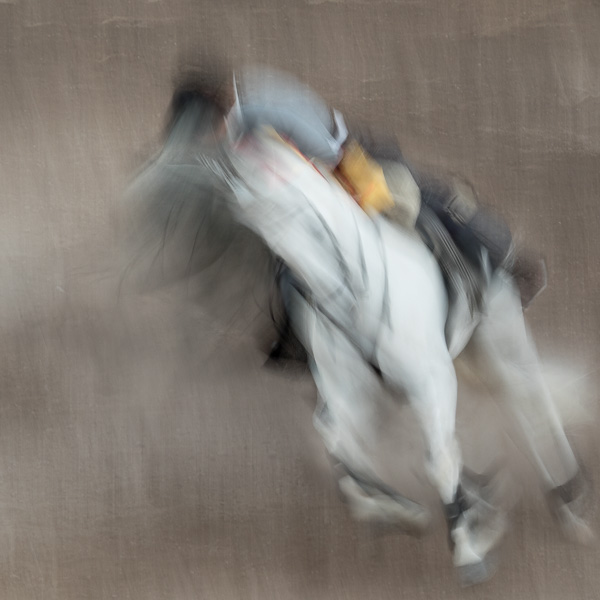To Lock or Not
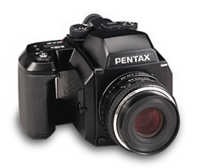
Since its introduction in 1984 thePentax 645has lacked mirror-lock-up capability. Those that owned them claimed that this was no real impediment since the mirror had a very gentle mechanism, making lock-up redundant. Not so, claimed some critics.
In December 2001 Pentax started shipping the latest version of this camera, the645NII, which finally features mirror lock-up (MLU) capability. The obvious question is, now that we can finally test it with this camera, how necessary is MLU, and who’s been right or wrong all these years?
Doing The Test
During some initial testing of the300mm f/4lens on thePentax 67system I had used my light-weight hiking tripod, theGitzo 1280along with the equally light-weightAcratechballhead. Because of vibration from the massive shutter of thePentax 67,at certain speeds serious image shake with this tripod set-up was quite noticeable. I therefore figured that this would be a good set-up for testing the MLU of thePentax 645NII.
The test configuration therefore consisted of thePentax 300mm f/4 (67)lens on the645NIIvia the Pentax adaptor, mounted on theGitzo 1280tripod via anAcratechballhead. A cable release was used for both MLU and non-MLU exposures. The camera was set to aperture priority.
Shutter speed combinations were1/180 sec @ f/4, 1/90 sec @ f/5.6, 1/45 sec @ f/8, 1/20 sec @ f/11, 1/10 sec @ f16, 1/6 sec @ f/22, 1/3 second at f/32.
A series was run with the mirror operating normally and a second series with the mirror locked up. These exposures passed though the most vibration-prone shutter speed range. The setup showed itself to be vibration prone because the camera visibly shook after each frame. I was pretty sure that I would see this in the test results.
The Results
Sorry to disappoint, but there simply isn’t anything significant to show. Every single one of the 14 test frames was essentially identical. Clearly the external vibration that I’d seen was caused by the mirrorreturningand the motorized film advance, not the mirror going up before exposure.
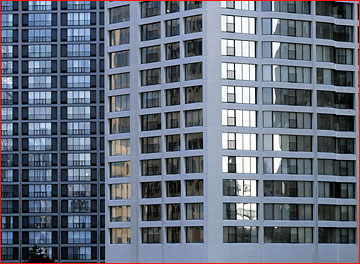
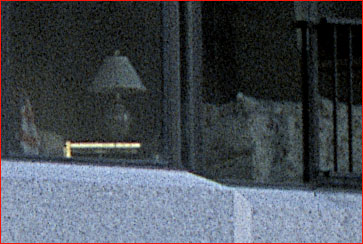
Just to keep this page from being completely boring, here is a full frame and also a detail at 100% resolution. I could show you 13 other frames done with the mirror up and the mirror down, but other than some minor resolution differences due to aperture used, there is absolutely no difference between them, and no evidence of mirror vibration at any tested shutter speed.
This isn’t to say that for some people, under some circumstances, MLU use would not be beneficial. In fact I intend on using it wherever it might theoretically be needed, and especially with longer optics such as the Pentax 400mm and 600mm lenses. Why not? But for me the Pentax 645’s reputation as having low to non-existent mirror shock seems to have been vindicated. Your mileage may of course vary.
Read this story and all the best stories on The Luminous Landscape
The author has made this story available to Luminous Landscape members only. Upgrade to get instant access to this story and other benefits available only to members.
Why choose us?
Luminous-Landscape is a membership site. Our website contains over 5300 articles on almost every topic, camera, lens and printer you can imagine. Our membership model is simple, just $2 a month ($24.00 USD a year). This $24 gains you access to a wealth of information including all our past and future video tutorials on such topics as Lightroom, Capture One, Printing, file management and dozens of interviews and travel videos.
- New Articles every few days
- All original content found nowhere else on the web
- No Pop Up Google Sense ads – Our advertisers are photo related
- Download/stream video to any device
- NEW videos monthly
- Top well-known photographer contributors
- Posts from industry leaders
- Speciality Photography Workshops
- Mobile device scalable
- Exclusive video interviews
- Special vendor offers for members
- Hands On Product reviews
- FREE – User Forum. One of the most read user forums on the internet
- Access to our community Buy and Sell pages; for members only.







